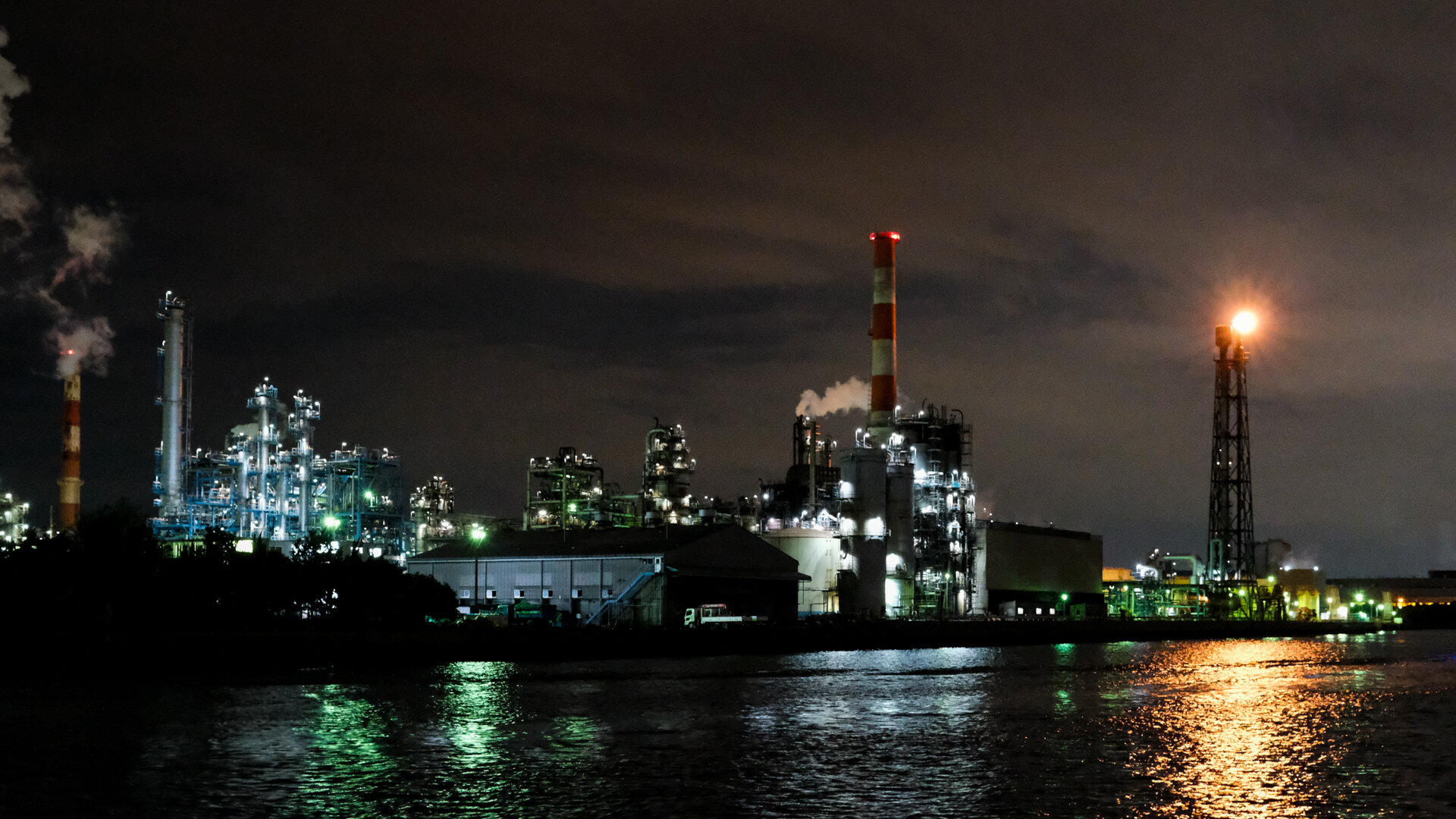From what I can see, Varanasi appears a little cleaner and tidier. The more populated ghats now have bins. They are empty, but it’s a positive move nevertheless.
There are less sacred cows wandering around the alleys. I miss the cows and their noon chapati snack-time. Less cows are on the main roads which obviously helps the flow of traffic and is safer for all involved. Apparently they have been rounded up and many are kept in cow shelters.
Unfortunately the domestic cows used for milk remain tethered on a short rope unable to do anything. A static, sad life for them. There seems to be many more dogs, goats and chickens wandering around, probably enjoying the chapati offerings.
A large tented area has been erected at Dashashwamedh Ghat for the homeless to have a bed for the night - this must be very welcomed.
The new pedestrianised area next to burning ghats is a very smart, clean walkway leading from the ghats up to the Golden Temple. It blends in well with its historical neighbours. It is still has a heavy police presence.
The light in Varanasi is beautiful. Together with its faded grandeur and the abundance of Indian fabrics makes for a very beautiful palette. A palette I hope to bring into my future artwork back home.
The colour orange burns especially bright in Varanasi. It shines in the marigold garlands on the dashboards of every taxi and the robes of the sadhus – the Hindu holy men.
Saffron is the most sacred colour in the Hindu religion. It signifies fire and the burning away of impurities. Sadhus can be found on the banks of the Ganges, in alleys and in public squares. Their long white beards and brightly coloured tunics, sometimes orange, sometimes bright red, make them look so photogenic, but a picture could cost you.
The city has a huge number of sadhus. Men who have given up their regular lives, homes, relationships, material goods and chosen a life of detached poverty relying only on what people offer them. Those that carry a stick are in the final quarter of their lives and have devoted it entirely to their religion. This will be their final resting place.
Varanasi, is considered to be the holiest of the seven sacred cities in the religions of Hinduism and Jainism. Hindus believe that dying in the city will bring eternal salvation and an end to the cycle of rebirth. Pilgrims come from all over to seek purification in the sacred waters. They come to cremate their kin and to spend their final days in peace
You regularly see heads being shaved along the ghats. Within the Hindu religion, ceremonial haircuts are very symbolic, occurring during certain life events. The first is a child’s first haircut, the second is during worship and pilgrimages to special temples, and the third being the haircut during the mourning of a loved one.
A child’s first haircut, which is known as a chudakarna, ideally happens when a child is 1or 3 years old. The child’s hair is fully shaved off, or a sheikh is maintained by some Hindus - a small patch is left untouched that creates a lock of hair which is left to protect the brain, as well as the area where the soul is believed to leave the body after death.
The act of tonsuring is when hair is cut for religious purposes. Tonsuring is prevalent in the temples of Varanasi. It’s an important custom in Hinduism, as the ritual of shaving one’s head allows you to be closer to God,
The final ceremonial haircut takes place when a family member dies. The Mundan is observed by the wife of the deceased, and the eldest son or male relative who is to perform the last rites. The wife is expected to keep her head permanently shaved from now on, as a symbol of her widowhood, while the male family member is to remain shaven during the mourning period only. It is seen as a symbol of grief and a mark of respect for the departed soul.
Varanasi is a cacophony of people and atmospheric activity ebbing and flowing through the course of a day.
Preachers teaching young priests in-the-making, beggars begging, sons performing last rites, braying loudspeakers, ceremonial bathers, chanting, overheated flaming pyres, black kites circling over head, bells chiming, dogs barking… all swathed in amber hues.
















